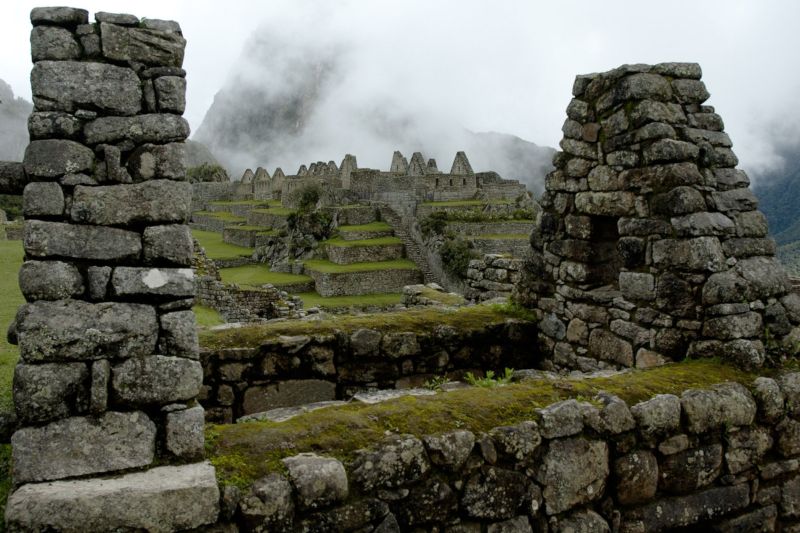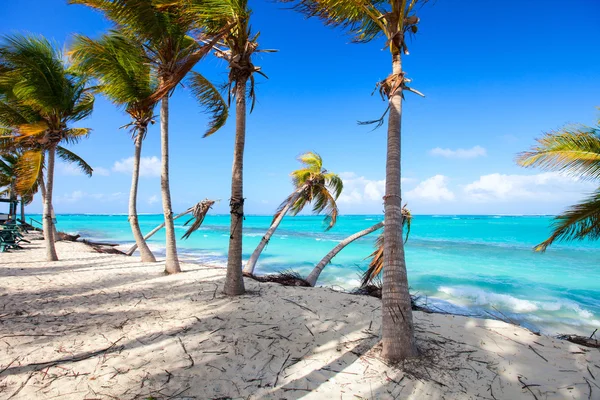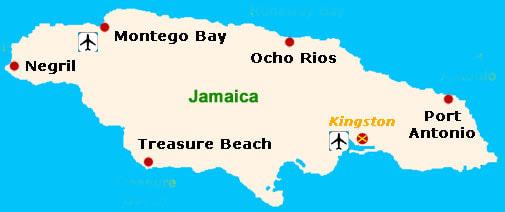Peru Travel Guide to Top Tourist Attractions
Peru is a South American country, home to fair stretch of Amazon rainforest as well as Machu Picchu, the ancient Incan city that stands high in the Andes Mountain. Peru is a nation crammed with history, enchanting beauty, culture, and many adventurous opportunities for tourists. Besides Machu Picchu as a high point of a trip here, there's a lot more that Peru promises you to discover.
You could board a boat on the world's highest navigable lake, admire an extremely deep canyon, go sandboarding in the dunes, fish for piranha in the Amazon, or hike for hours in the Andes. Also, you can explore the Nazca Lines' mysteries, walk through Sacred Valley's ancient ruins, or experience Peru's modern life as you wander Lima's streets.
The sheer diversity of the people, landscape, including the experiences here easily make Peru a very unique destination on the South American continent.
Now you can use my Peru travel guide to find the top tourist attractions in Peru.
1) Machu Picchu. Sitting high on a ridge, some 300 meters over the Urubamba River, the glorious Inca city is an unmatched dramatic setting of a ruined city. Nearly as extraordinary as the ruins themselves is the stunning backdrop of lush, steep, and cloud-covered mountains.
Situated close to the caretaker's hut, overlooking Mach Picchu, the jungle-shrouded mountains, plus the river that runs far below, you could just start imagining why the wise Incas picked this particular site to construct their beloved city.
In 1911 Hiram Bingham discovered Machu Picchu and firmly believed to his last dying breath that it was the Incas' Lost City. But historians today differ in thinking that the genuine lost city of the Incas was Espiritu Pampa, which Hiram actually knew of but just dismissed it as unimportant.
Also, the trip becomes part of your experience of touring Machu Picchu, whether it is seeing the path by rail, or by just hiking the Inca Trail. Whatever is the case, the scenery will unquestionably inspire you. Trains leave from Urubamba, Cusco, or Ollantaytambo to Aguas Calientes.
From Aguas Calientes, which is a town standing below Machu Picchu, you can hop on a bus that takes you up to the high-standing Inca city, only a twenty-minute ride through a harrowing switchback road. Though it's quite possible to walk up this road to Machu Picchu, it is a long and uphill climb and we seriously do not recommend it as a practical option for safety reasons.
2) The Inca Trail. The famed Inca trail is a lengthy 4-day hike that ends at Machu Picchu, and almost all fans regard it as the highlight of their journey to Peru.
The scenic trail is both quite demanding physically than most tourists expect and what makes it yet more rewarding. A number of varying beginning spots exist for the Inca Trail; however, the old 4-day hike starts at km 82 of the Cusco--rail line of Aguas Calientes. From here, the trail will pass over thirty Inca ruins and travel through impressive scenery. The most challenging part of the trail merges during the second day when you have to climb 1200 meters in both elevation gain and 2 high passes. This hike has to be arranged with an agency, and you must book reservations well in advance, especially during the high season from the months of June to August.
Certain agencies provide the option of getting a shortened version of the hike, entailing the last 2 days or only the hike's last day to lighten the physical burden for some. Campgrounds are scattered along the trail, including one at the base of Machu Picchu. A Hiker could carry his/her own backpack, or have it brought to him/her, depending on the kind of tour.
3) Cusco's Architectural Wealth. Taking a walk through Cusco's streets is comparable to roaming through a museum, with many layers of history everywhere in this UNESCO World Heritage Site. The foundations of several beautiful old colonial structures sit on Inca ruins; these buildings line the narrow roads and display Cusco's long history.
The chief square, Plaza de Armas, standing in the city center is where you'll find La Compania and the Cathedral, two lovely buildings. In addition, the square is a very good place to begin a tour on foot, get a meal, or just watch people going about their business during your day.
Though there are many fine structures and museums worthy of being visited, the church of Santo Domingo sitting on Coricancha's ruins of the Inca, is Cusco's must-see attraction.
4) Lake Titicaca. Lake Titicaca's sparkling blue water is surrounded by traditional little villages and rolling hills. The lake area happens to be a combination of culture and lovely scenery which makes it quite unique from other regions. Located 3,820 meters beyond sea level, Lake Titicaca is recognized as the world's highest navigable lake.
A boat ride to the islands, including surrounding villages, is the ideal way to truly appreciate the lake. Uros Floating Islands is a major tourist attraction which sustains little communities of Uros Indians. In fact, they are man-made islands built of reeds which have sustained a traditional manner of life from the Incas' time.
The chief gateway to Lake Titicaca is presently the city of Puno, and here you will find travel agencies, hotels, and restaurants. There are buses and trains to Puno as well as flights coming and leaving the close by city of Juliaca.
5) Colca Canyon. Though it once was thought to be the world's deepest canyon, Colca Canyon, being twice as deep as the Grand Canyon, is still the second deepest after Cotainuasi Canyon. In fact, resulting from a seismic fault between 2 volcanoes, Colca Canyon reaches an amazing depth of 3,400 meters. The base and far below sits a winding river.
Inhabited for 1000's of years, Colca Canyon was home to the Collagua, then Cabana, and inevitably the Inca peoples. Stone that terraces along the ancient canyon walls actually dates to AD 800.
Colca Canyon is approximately a 4-hour drive from Arequipa, where day trips to the canyon are always available; two days at least are recommended in order to access the canyon. Plus, there are hot springs, villages, churches, and you can explore Inca ruins. You may even sight condors soaring over the cliff walls.
Fired Travel Agent Tells the Public the Airline's Dirty Secrets, How to Turn Them Around In Your Favor, Including How to Fly Practically Free!







